OpenAI Agent Builder: 코딩 없이 5분 만에 AI 에이전트 만들기
OpenAI Agent Builder로 코딩 없이 드래그앤드롭만으로 AI 에이전트 워크플로우를 구축하고 배포하는 방법. MCP 통합, ChatKit 임베딩, 보안 제약 설정까지 실무 활용 가이드.https://techinternetz.blogspot.com/2025/10/agent-builder-visual-tool-to-create.html
Agent Builder — a visual tool to create agentic workflows
AgentKit 8분 라이브 데모: OpenAI가 에이전트 개발 시간을 70% 단축시킨 방법
OpenAI AgentKit으로 AI 에이전트 개발 시간을 70% 단축하세요. 8분 라이브 데모로 입증된 드래그앤드롭 방식의 Agent Builder, ChatKit, Connector Registry 활용법과 실제 기업 사례를 소개합니다.OpenAI Agent Builder: Neues Workflow-Tool für KI-Agenten
https://www.youtube.com/watch?v=5P50byVbWQU
#openai #ki #automatisierung #agentbuilder #kiagent #kiagenten #n8n
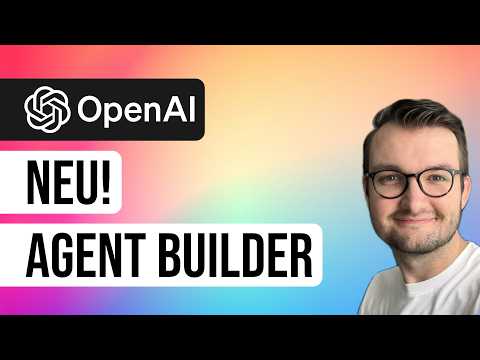
OpenAI Agent Builder: Neues Workflow-Tool für KI-Agenten
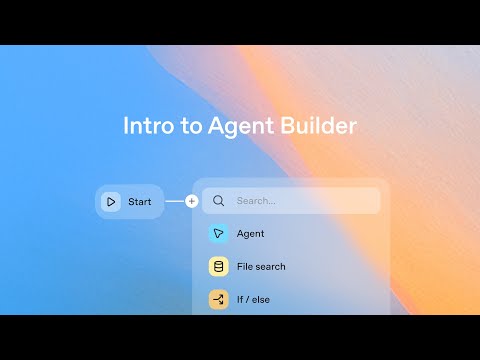
Intro to Agent Builder
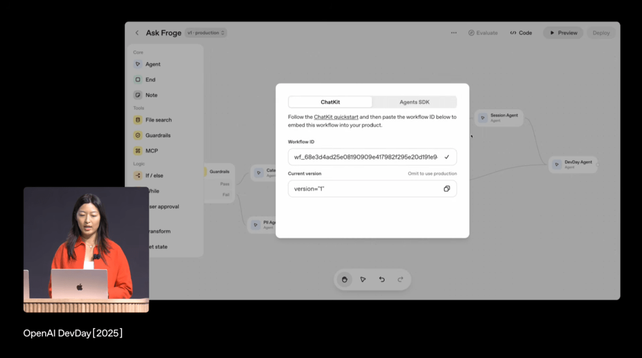
OpenAI launches AgentKit to help developers build and ship AI agents | TechCrunch
“AgentKit is a complete set of building blocks available in the open AI platform designed to help you take agents from prototype to production, it is everything you need to build, deploy, and optimize agent workflows with way less friction,” Sam Altman said Monday at OpenAI's Dev Day.
UiPath AIエージェント活用ガイド【その1】Agent Builderの使い方
https://qiita.com/utanesuke/items/0ddb7decc495b9c3391d?utm_campaign=popular_items&utm_medium=feed&utm_source=popular_items
How To Build Custom Flow Actions For Agentforce – Planning Phase
Salesforce Agentforce is a framework that enhances customer service and sales by integrating Salesforce’s powerful capabilities with AI agents. Agentforce accelerates workflows, enhances KPIs and saves manual labor.
The user messaging interface you build on the Agentforce platform leverages Artificial Intelligence Natural Language Processing to process customer requests. Agent builders do not need to define every fine branch in the conversation like designing an Interactive Voice Response (IVR) tree; instead, the Atlas reasoning engine handles these variations by evaluating customer requests (utterances) and matching them to topics. Once a topic is matched, Agentforce triggers the relevant actions, executes the predefined instructions, and completes the transaction for the customer.
In short, Agentforce is a superpowered chatbot that can understand customer utterances that are not necessarily well defined, and completes transactions for the user. Voice interface for Agentforce is scheduled to come in the coming releases.
Agentforce Deployment and Distribution
There are two ways you can deploy Agentforce in Salesforce:
You can also use Agentforce for both internal and external purposes.
Agentforce Topics
Agentforce topics are predefined or custom conversational subjects within Salesforce Agentforce that enable the platform to understand and categorize customer requests (utterances). These topics serve as the foundation for processing conversations by identifying the intent behind a customer’s input and determining the appropriate actions to address it. Topics can be tailored to specific business needs, allowing organizations to design interactions that align with their workflows and objectives. For example, topics might include updating account details, creating support cases, or processing orders. By leveraging AI and natural language processing, Agentforce responsively matches utterances to the most relevant topic, ensuring accurate and efficient transaction handling.
Agentforce comes with a few out of the box topics, and also a few – around 30 at the time of this post – standard actions you can choose from. The advantage of using out of the box topics and actions is that it is faster to implement. On the other hand, out of the box topics and actions are not tailored to your needs, therefore yielding potentially unpredictable results. Now, let’s explore actions. Remember that you can always build custom topics and actions tailored to your needs.
Agentforce Actions
Salesforce Agentforce offers two primary types of actions to enhance its AI agents’ capabilities:
- Flow Actions: Utilize Salesforce Flows to automate processes and guide user interactions.
- Apex Actions: Employ Apex code for complex logic and integrations.
- Prompt Template Actions: Generate dynamic responses or trigger specific actions based on user input.
- Service Catalog Item (Beta): These Service Catalog actions resolve common contact reasons such as update phone number, update email address and open a support case using the conversational interface.
While standard actions can help you to identify a record by name, query or summarize a record, you will need a flow or Apex action to complete a transaction. I won’t go into the benefits of low code in this article, but let me just say that the flow tool is more accessible for most as a solution in this case.
How Do You Build Topics and Actions in Agent Builder?
Salesforce already comes with an Agent built in. I am assuming you will want to add topics and actions to this Agent to handle your unique requirements. You can also build another agent in addition to the one that comes in your Salesforce Org.
Before you jump into building in the agent builder, let me tell you that this process requires several pieces to be delicately stitched together. The building process reminds me very much of the orchestration building process with the obvious difference of agents requiring much more written instructions than orchestrations.
Therefore it is a very good idea to do some planning before building.
There are two main areas driving your design process:
🚨 Use case 👇🏼
When the user asks Agentforce for a list of course cohort participants, the participant list will be displayed. There are courses (parent) and cohort (child) objects in the system, and contacts are enrolled in cohorts with a junction object.
I can easily build a single flow to do this. The flow will need the course as an input, and an earliest start date. The flow will fetch the cohort best matching the requirements and display the associated participant contact information to the user.
Conversation Design
Here is a conversation pattern that we can expect:The topics and custom actions needed for this design are completely different.
I can and I should further expand on the possibilities here. What happens if there are multiple cohorts starting closely after the earliest start date? What happens if the user says no? You see the picture here, don’t you?
I’ll explore the intricacies of building my Agentforce custom flow actions in a future post. The topic of Automation Design is significant and deserves its own detailed discussion.
Conclusion
Preparation and conversation design are key when building agents for Salesforce Agentforce. The builder does not perfectly lend itself to easy modifications. When you build a custom flow action, and need to modify it later, you can save and activate a new version of your flow, but the custom action does not see these modifications. There is no refresh functionality for the custom action to fetch the latest version with new inputs and outputs.
Planning your Agentforce solution will save you time when iterating and building it. Design and implementation precision will yield accurate and secure outcomes.
Explore related content:
Salesforce is Offering FREE AI Certification
How to Pass the Salesforce AI Specialist Exam
Agentforce Hackathon TDX25: My Hackathon Tips
#Admins #AgentBuilder #Agentforce #AI #Apex #Automation #Developers #LowCode #Salesforce
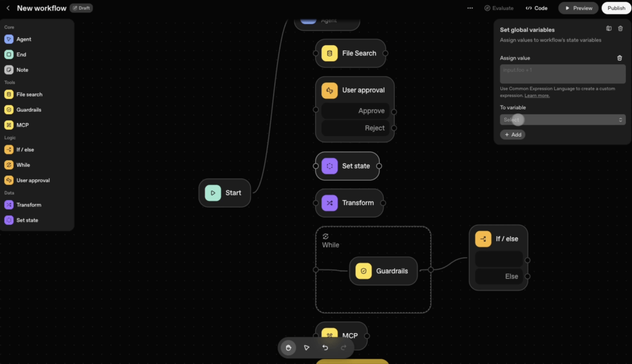
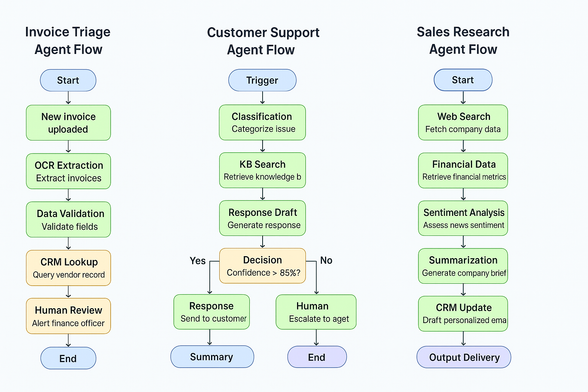
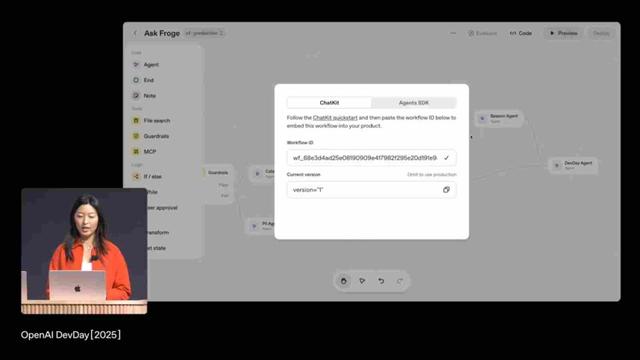
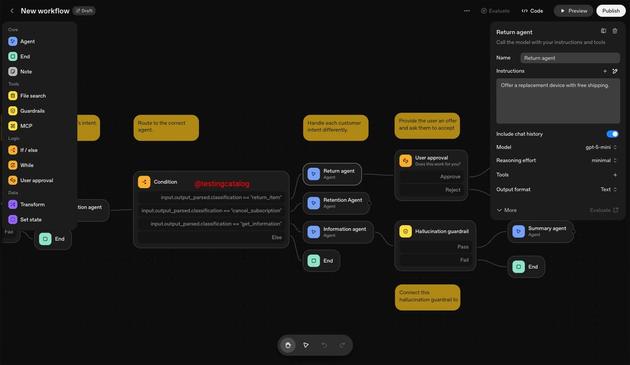
 Qiita - 人気の記事
Qiita - 人気の記事